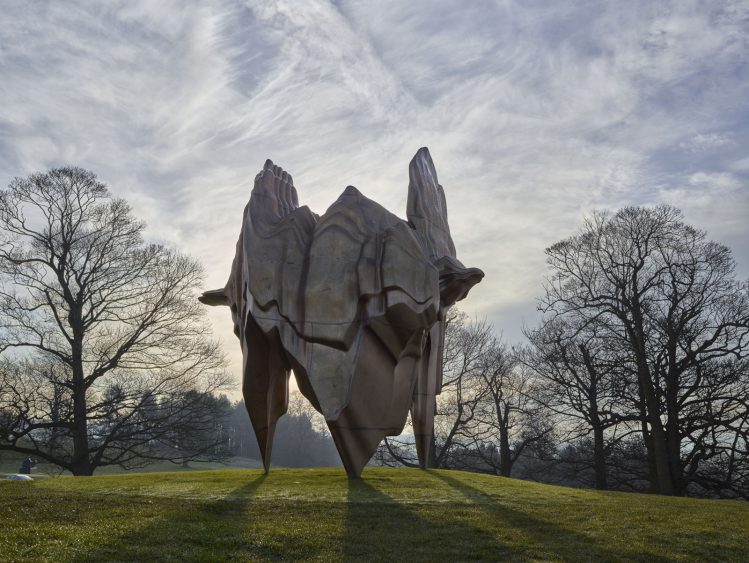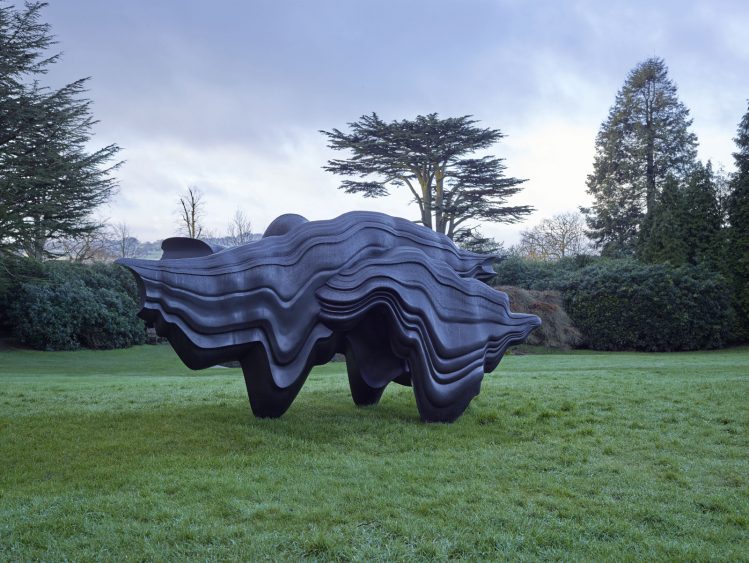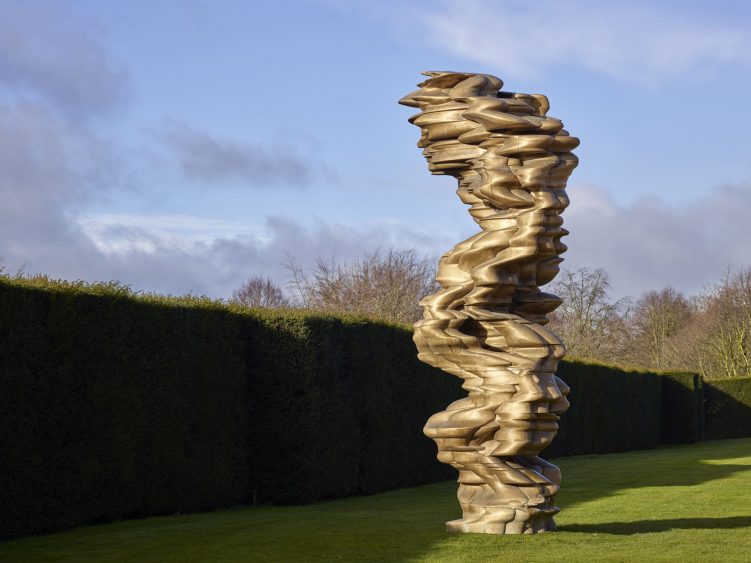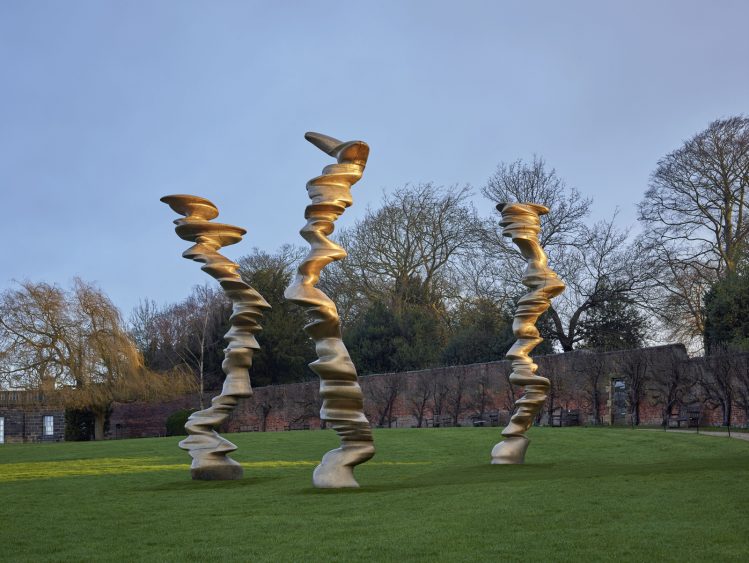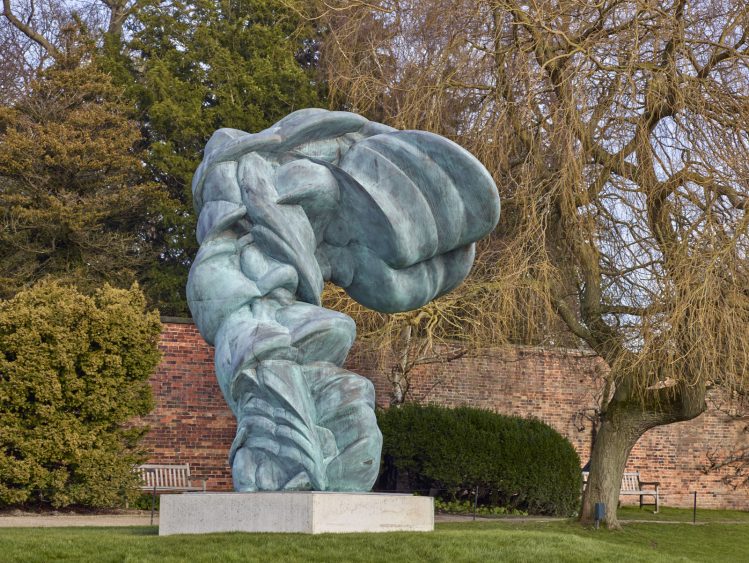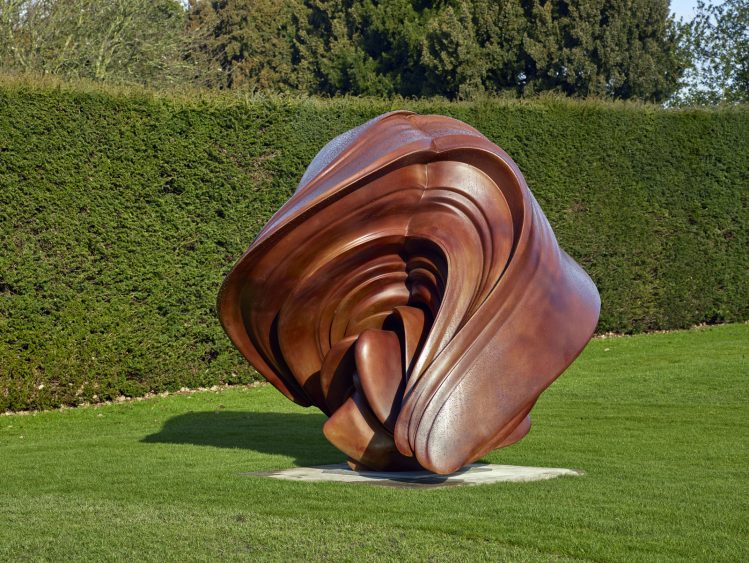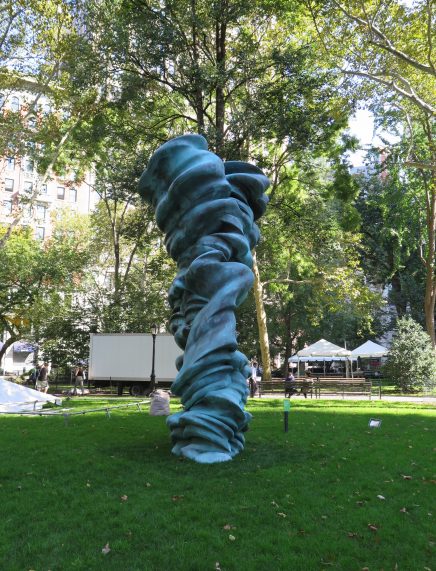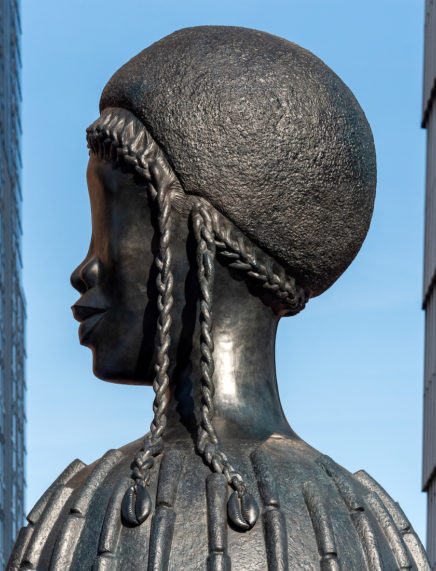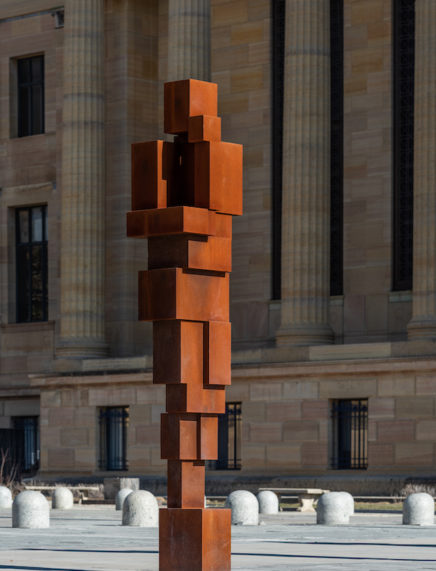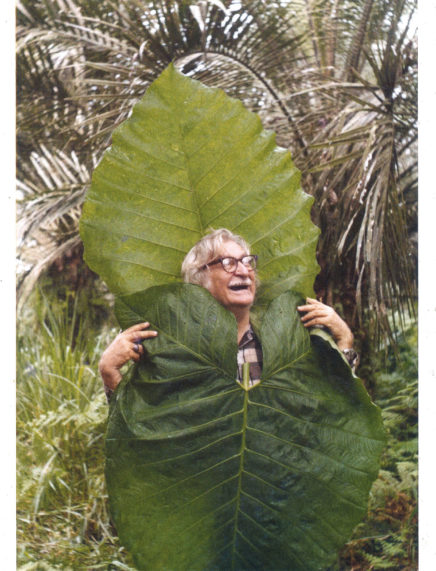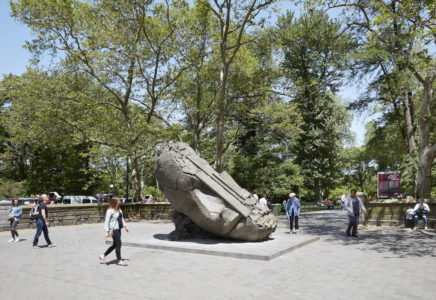Tony Cragg: A Rare Category of Objects at Yorkshire Sculpture Park
This year, the Yorkshire Sculpture Park celebrates its fortieth anniversary with an exhibition of works by Tony Cragg, surveying his practice over the last forty years as one of the leading artists of his generation.
A Rare Category of Objects opened last week as the largest exhibition of the artist’s works to date in his native England. The exhibition spans his career since moving to Wuppertal, Germany in 1977 with works including photographs, drawings, sculpture and major outdoor works.
Tony Cragg grew up in Liverpool, just over an hour from Yorkshire, where he worked at the National Rubber Producers’ Research Association from 1966-68. It was during this time as a laboratory assistant that Cragg developed his interest in drawing and materials. Cragg has often cited the development of plastics and industrially produced materials during the 1960s and 70s as stimulating his interest in the material world; these new materials created a stark contrast to the dearth of materials and colours in the north of England during his youth.
A Rare Category of Objects places early works in dialogue with recent pieces, demonstrating an ongoing interest in themes and categories throughout Cragg’s practice. For example, early photographic works from the 1970s illuminate his early interest in landscape, the human form, natural and manmade materials. These photographs demonstrate an experimentation with these various themes that have consistently reappeared in Cragg’s sculptural practice.
In the Project Space, early works demonstrate an evolution of these interests into sculptural pursuits. Throughout the 1970s, Cragg worked on a series known as the Spectrum Sculptures. Inspired by the bright colours and new materials that were increasingly becoming part of his surrounding environment, Cragg systematically assorted and arranged these found objects into colours of the spectrum. They developed from geometric configurations into more figurative works such as New Figuration. Displayed alongside a range of objects lent by Cragg’s studio, from fossils to plasters, this gallery demonstrates the variety of objects and materials that continue to inform his work.
In addition to these early assembled works, this exhibition includes several key works from Cragg’s Early Forms group of works. In the 1980s and 90s, Cragg began producing works that were more ambitious in scale and that focused his interest on vessels and containers, examples of some of the simplest and earliest man-made forms. These works combined Cragg’s early experience as a laboratory technician, with his interest in the detritus materials he collected for his Spectrum Series. The resulting Early Forms demonstrated an evolution of this interest in the material world and the vessel as a strong metaphor for the body. Unlike functional vessels, Cragg’s Early Forms, are formally irrational, impractical and non-functional. For Cragg, these forms evoke emotional responses and relationships, which have been persistent concerns within Cragg’s practice.
Cragg’s later series, Rational Beings, combines his interest in organisms, strata and vessels resulting in works that conflate figurative and abstract glimpses of human forms and silhouettes. The human body is the prime example of an organic form that evokes an emotional response for Cragg. It represents a fundamentally complex geometric composition of molecules, cells, organs and processes.
In recent years, technology has enabled Cragg to make pioneering new forms, developing on these previous series. Although these forms are always initiated through drawings, prioritising the emotional input; advances in technology have enabled complex new outcomes that allow Cragg to create pioneering sculptures, expanding the formal possibilities he can pursue in materials such as wood, bronze and steel.
“I’m not averse to using any tool. Why wouldn’t I use the best tool; that’s what every culture does. But the problem is, with the computer, it has no psychology. If you say to it, make a spoon, it will make a spoon. Given the right data, it will make a spoon. It will make 10 spoons. A million spoons. Fill the whole universe with spoons. And it wouldn’t mean a thing to the computer. It wouldn’t mean a thing.” — Tony Cragg, 2011
The first time Cragg used a computer was to calculate the ovals and ellipses that comprised the form of a work entitled Digital Skin (2006). Starting with his initial sketches, Cragg worked with a technician to develop his drawings into a 3D virtual model which was printed in polyurethane and subsequently cast in bronze, using traditional casting methods. For Cragg, 3D modelling is a tool that enables him to articulate the forms he intends to make. These templates always commence as drawings and then go through a subjective process of manipulation by Cragg, through which he works out how he feels about the volume or the silhouette, the outline, the form, the surface and many other formal and emotional considerations.
This show uniquely highlights Cragg’s recent output. Recent works such as Hedge and Skull demonstrate how these tools have enabled him to develop his drawings into three-dimensional forms that transform his dynamic drawings into sophisticated formal outputs.
This show also exhibits new glass works produced by Cragg in Murano, Italy. Working with experienced artisans, Cragg has created innovative new forms that are combine interests from his early stratification series, the Early Forms and Rational Beings into formally complex, evocative new works that seemingly tested the boundaries of the production process.
A Rare Category of Objects provides a unique overview of the breadth and depth of Cragg’s practice – surveying works from early to recent, small to monumental, indoor to outdoor. Placing early and recent works in new dialogue with one another, the exhibition illuminates that Tony Cragg is an artist whose work demonstrates dexterity and a relentless interest in the material, cultural and scientific worlds.
